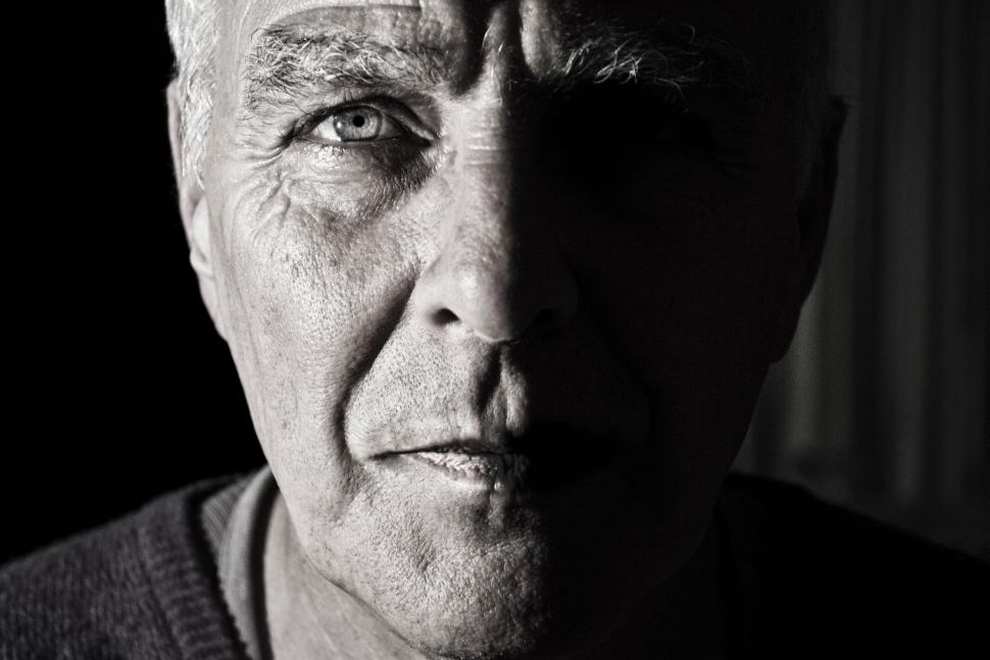
Our jawline is a defining feature and at the centre of so much we do, the reason specialist care is available when pain takes over, or function ceases.
Temporomandibular joints can require replacement, due to trauma, or degenerative disease. Arthritis is a leading cause for replacement, although there may be alternatives.
TMJ arthritis can be managed by non surgical approaches, such as anti-inflammatory medication, diet modification, oral appliances, or jaw relaxation and physical therapy.
The level of pain, disfunction, or deformity a patient is suffering from will influence transplant decisions, along with the degree of tissue degeneration and the response to non surgical treatment.
The Range Of Arthritis
Rather than one condition, arthritis is a collection of low and high inflammatory conditions, which can cause bone, or soft tissue deterioration within a joint.
Known forms include osteoarthritis, rheumatoid arthritis, ankylosing spondylitis, psoriatic arthritis, metabolic arthritis. The young can be affected, perhaps by juvenile idiopathic arthritis.
Bone, cartilage and related tissue are able to be damaged. Pain is often a consequence and for TMJ arthritis, an inability to properly open the mouth, or to chew, along with misaligned, or worn teeth.
No two cases are the same and to ensure good decisions are made, assessment by an experienced maxillofacial consultant is a primary route.
Diagnosis & Treatment
With the range of possibilities, understanding your symptoms matters, your medical history, laboratory test could be needed, or medical imaging could play a role.
CT scans can be ideal for imaging bone architecture, or cone beam computed tomography, which is available at our Harley Street clinic.
MRI scans are considered the best approach for soft tissue imaging and help with specific areas, such as the TMJ disc, or synovial tissue.
Defining levels of erosion, or destruction within the joint is important to treatment decisions. Coupled with a good consultant’s knowledge, they may lead to other treatments, to reconstruction, or to complete TMJ replacement.
Approaches To Replacement
Historically, using bone, or cartilage from a patient’s own body was the approach. There can still be cases where this is suitable, especially in young patients, due to the potential for growth.
This can however have drawbacks, such as recurrence of issues, morbidity in the donor site, or reactions to systemic inflammation. Those issues can be overcome, although artificial alternatives are now generally used.
They have existed since the 1990’s and improved vastly in recent times. Materials used are normally titanium and high molecular weight polyethylene, for standard joints, or those created for a patient.
These are finely manufactured through computer aided design, with three dimensional images of your jaw as a guide. The same image data will have been used in surgical planning, to ensure the approaches work in tandem.
A Rational Outcome
TMJ treatment by replacement surgery is a significant procedure but not too invasive. With artificial joint addition in particular, recovery is not a long process.
Follow up studies show success rates beyond 90%, ever improving as technology does. Bringing long term stability and a return of function, the ability to eat and speak normally, without pain.
Any surgery can include risks and your consultant should look at alternatives first. Where they are not viable, helpful to know that the issues arthritis, or other causes brought can be taken away.
- Make an appointment
- Phone – 020 7935 8627
- Email – pa@shakib.org


